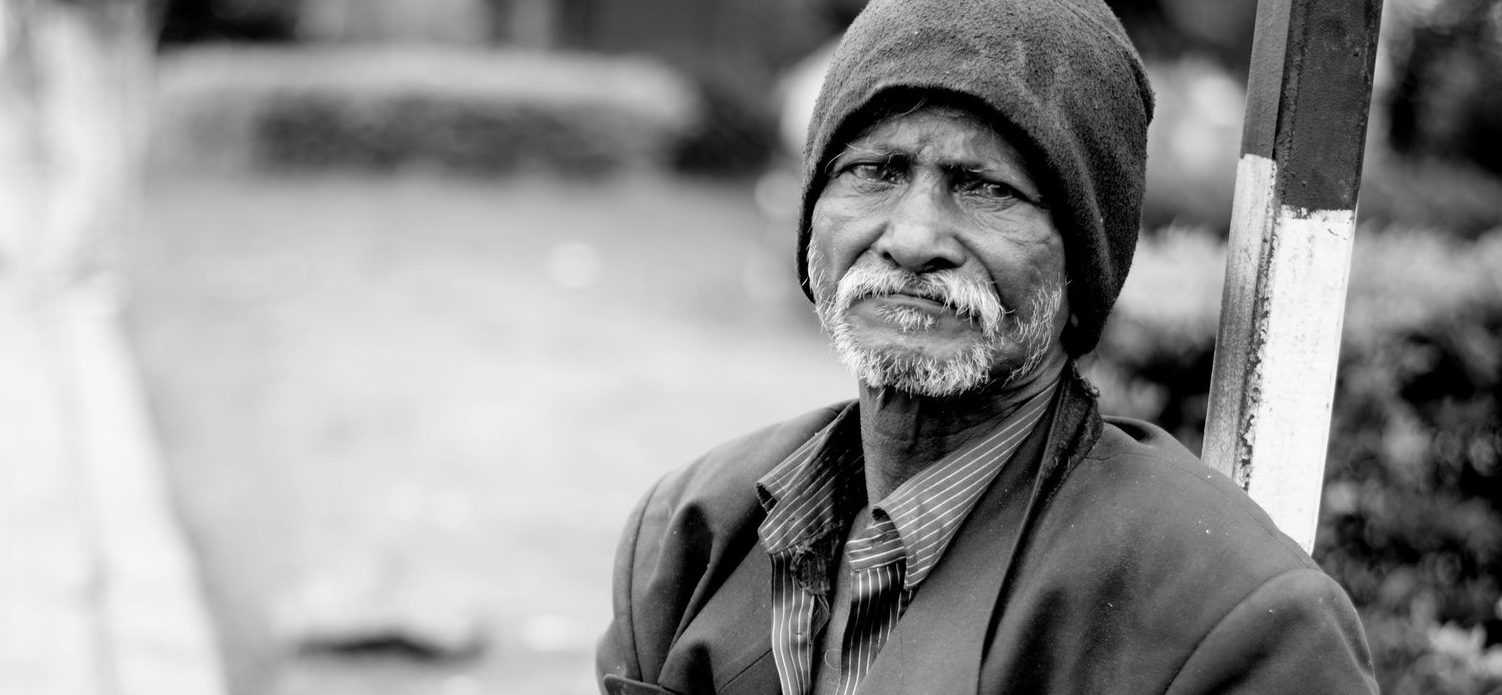Women make up a large percentage of the poor in South Africa, particularly in rural areas. The National Development Plan 2030 by the National Planning Commission takes gender – along with race and geographic location – into account, proposing a range of measures to advance women’s equality. In summary, the recommendations along these lines are as follows:
- 1. Public employment should be expanded to provide work for the unemployed, with a specific focus on youth and women.
- 2. The transformation of the economy should involve the active participation and empowerment of women.
- 3. The role of women as leaders in all sectors of society should be actively supported.
- 4. Social, cultural, religious and educational barriers to women entering the job market should be addressed.
- 5. Concrete measures should be put in place and the results should be evaluated over time. Access to safe drinking water, electricity and quality early childhood education, for example, could free women from doing unpaid work and help them seek jobs.
- 6. By 2030, people living in South Africa should have no fear of crime. Women, children and those who are vulnerable should feel protected.
- 7. Security of tenure should be created for communal farmers, especially women.
- 8. The Department of Health should design and pilot a nutrition intervention programme for pregnant women and young children.
- 9. Coverage of antiretroviral treatment to all HIV-positive persons requiring such drugs should be expanded, alongside treatment of high-risk HIV-negative persons. Effective microbicides should be offered routinely to all women 16 years and older.




